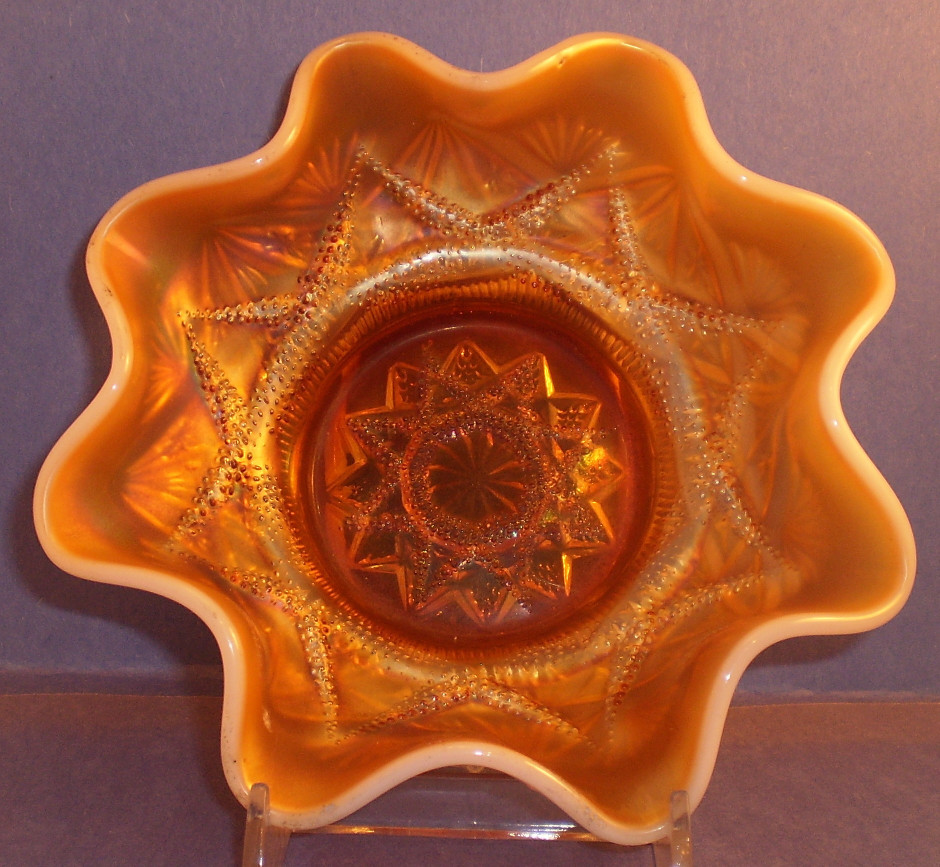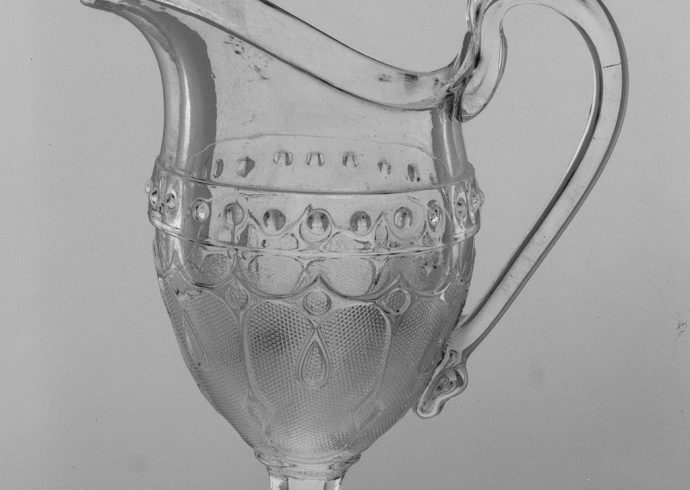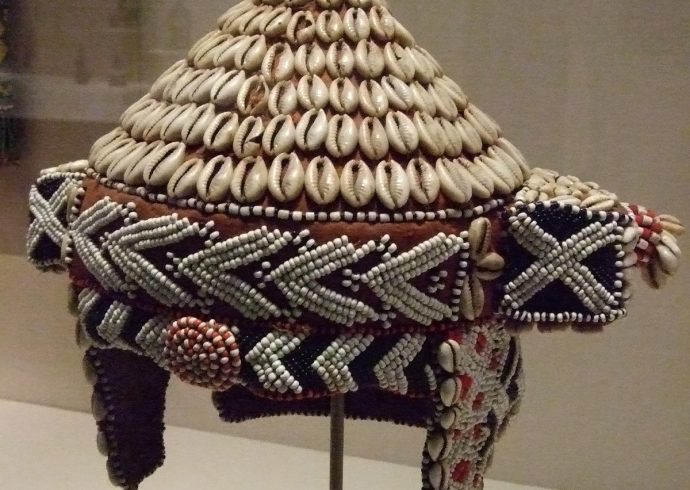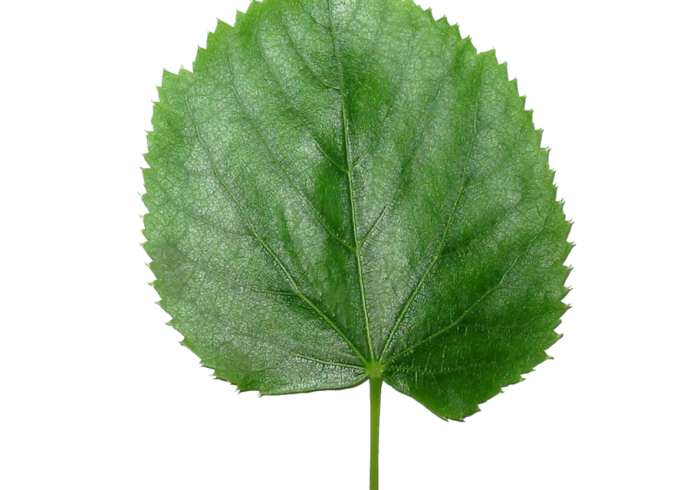
Dugan Carnival Glass
Browsing through the brightly colored pieces of carnival glass in an antiques shop, one might come across a distinct piece of molded peach opalescent glass. Chances are this antique glass bears the name of Dugan Glass Company, with this particular color being so unique to the company name.
The story of the Dugan Glass Company dates back to 1904 when Thomas Dugan, cousin to Harry Northwood, founded the company. Like his cousin, Dugan came to America from England to go into the glassmaking business. Harry was in the glass business since 1887 when he established his own company and became well known for the elaborately designed carnival glass pieces from 1900 to 1925. Dugan put the closed Northwood factory in Indiana, Pennsylvania to good use when bought the property in 1904 and put his name to the glass production business. Dugan had a business partner by the name of W. G. Minnemayer who proved to be efficient in running a glass factory. Soon the company employed 200 skilled glassmakers, producing each piece to specification. As with other beautiful pieces of carnival glass, it was the application of metallic salts to the hot glass which eventually gave the finished piece that rich, lustrous opalescent sheen.
In addition to the distinct peach opalescent glass, Dugan Glass Company also manufactured dark amethyst glass, deep in shade to appear as if it was black. I the dark amethyst was held up to a light, upside down so that the light flows through the bottom, the glass appears crimson purple in color, quite a unique feature in carnival glass making.
Many Dugan carnival glass pieces have deep crimps along the edges, heavily pronounced scallops. Dugan glass molds include: cosmos flower, cherries, elk, beaded seashell, seagull, strawberry, and rose wreath. Another notable characteristic of Dugan carnival glass is that the opalescence is usually on the inside of glass dishes and bowls, not on the exterior.
Unfortunately for Dugan, his glass company was in business for only nine years when a major fire in 1912 destroyed a number of the glass molds being used. In 1913, the glass company was sold and renamed Diamond Glass Company. With new ownership, and the use of the surviving glass molds, the glass pieces created since 1913 are sometimes named Dugan-Diamond. By 1931, however, Diamond Glass Company closed.
Image Credit: AlbinoFerret, CC SA 1.0, via Wikimedia Commons.


